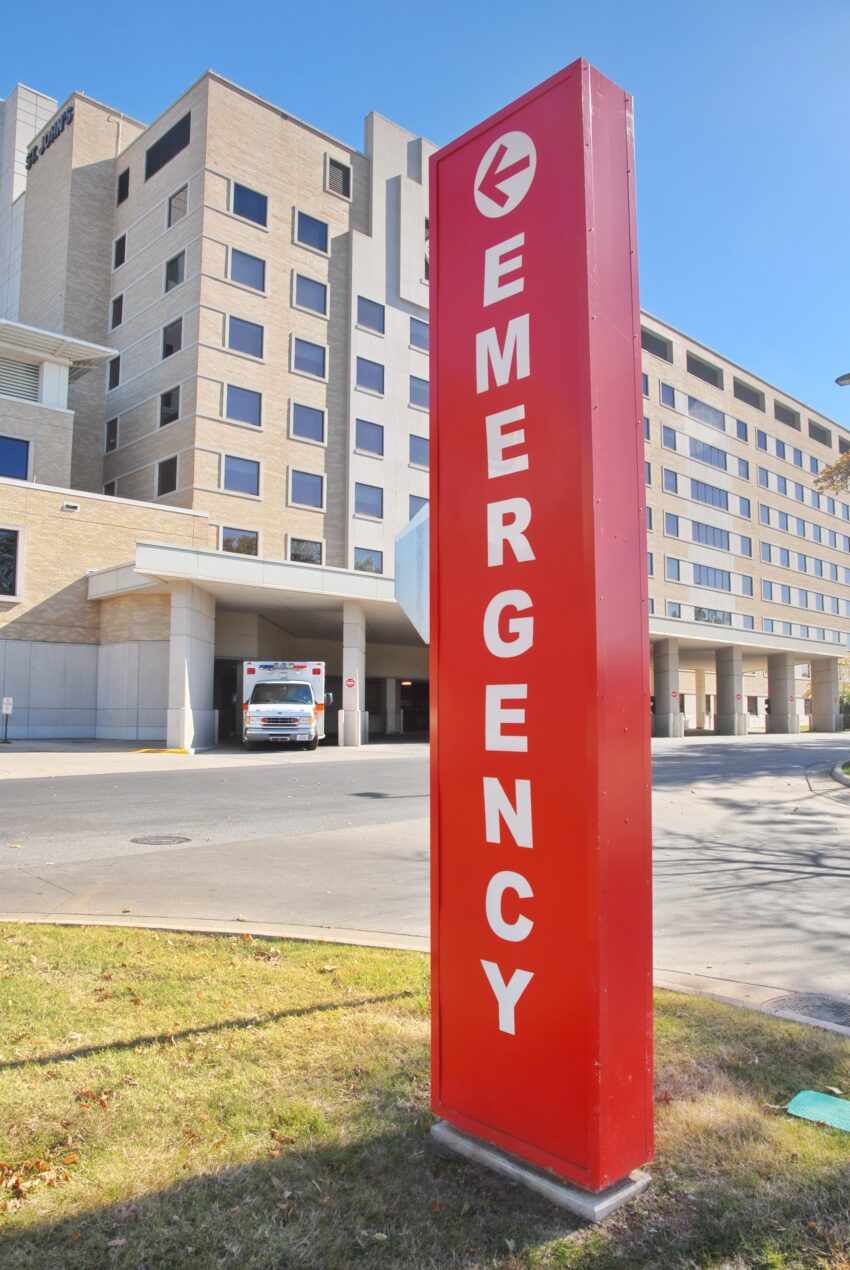According to WebMD, a hospitalist doctor is similar to a primary care doctor, but the main difference is that a hospitalist doctor works in a hospital. They collaborate with the patient’s primary care doctor and other specialists.
Dr. G, a hospitalist in Central Florida, provides care to adult patients. Her workday is typically structured, as she has scheduled appointments with specific patients. She works from 7 a.m. to 7 p.m. and sees approximately 18 to 20 patients daily. In the morning, she examines and discusses the day’s plan with her patients. Throughout the day, she coordinates with specialists and nurses at the hospital. Before ending her shift, she checks in with the emergency department, sharing this responsibility with other physicians.
Dr. G has developed essential skills such as hard work, diligence, organization, and reliability. She finds fulfillment in diagnosing patients and helping them understand their condition before leaving the hospital. To stay motivated, she focuses on her goals and maintains a broader perspective.
For aspiring doctors, Dr. G advises learning about medicine from professionals in the field and determining if it is genuinely enjoyable. During her college years, volunteering for the American Medical Student Association played a pivotal role in inspiring her to pursue a medical career. Dr. G emphasizes that becoming a doctor entails rigorous education and training. Spending time observing medical professionals and engaging with the field provides valuable insight into whether one truly loves medicine. During her residency program, Dr. G endured working for 36 consecutive hours, which instilled in her the belief that she can overcome any challenge.

